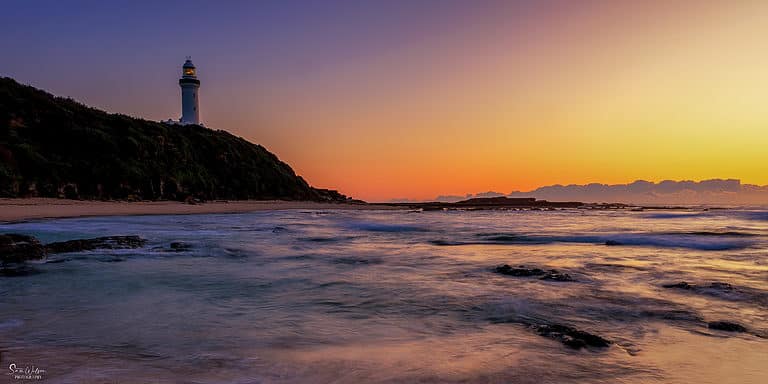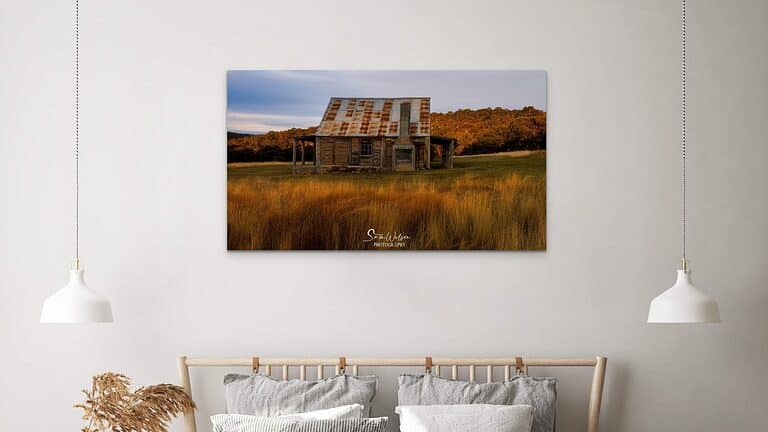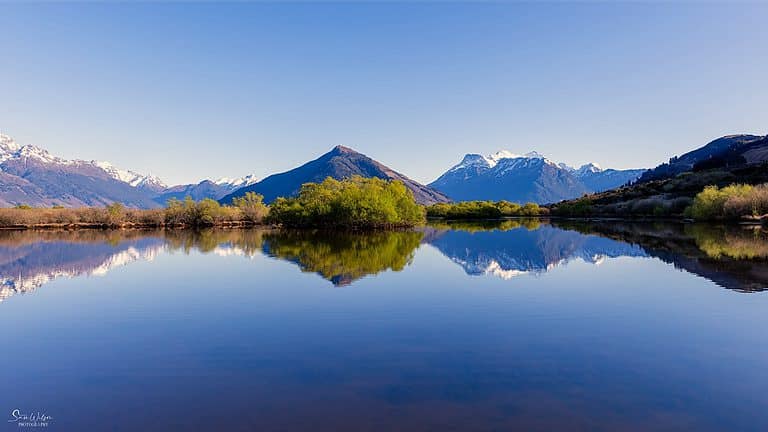Buying A Camera: A Beginners Guide To Choosing The Perfect Camera
Are looking at buying a camera but feeling overwhelmed by the different options and features available?
You’re not alone!
Choosing the right camera can be a daunting task, especially if you’re a beginner.
Don’t stress, you’ve come to the right place!
This article will cover the most common types of cameras available, key features to look for when buying a camera, and camera accessories that can enhance your photography experience.
Even if you don’t know now whether you’re looking for a point-and-shoot or a more advanced DSLR, by the end of this article, you’ll be well-equipped to find the perfect camera for your needs and start capturing stunning photos.
Just to be clear, this is NOT an article with links to particular brands and models. For that I recommend you do your research, and actually head into a camera store and see what feels right in your hands. More on that below.
I’m a Canon girl and have been from the very beginning, but to be fair all of the big brands have great cameras, whether that’s Canon, Nikon or Sony. Apologies to the others that I’ve missed like Fuji and the OM System, formally known as Olympus.
For me (and many others I know), I’ve stuck to the same brand as once I had purchased all of my lovely high-quality lenses it became difficult to change. It also came down to becoming familiar with their menu structure and familiarity with knowing where all the buttons and controls are!
Types of Cameras: Which One is Right for You?
When it comes to cameras, there are several types to choose from.
Here’s a breakdown of the most common camera types, along with their pros and cons:
Compact Cameras:
These cameras, commonly called ‘point-and-shoot’ are small, lightweight, and easy to use.
They’re great for novice photographers or those who want a camera they can carry with them at all times, without worrying about settings or controls.
Compact cameras are also usually the most affordable option.
However, they typically have smaller sensors and lenses, which can limit their image quality and versatility.
Bridge Cameras:
Bridge cameras are best described as a hybrid between compact cameras and DSLRs.
They can be a great option for you are looking for a camera that combines the ease of a compact camera with some of the more advanced features of a DSLR or Mirrorless camera.
They have more advanced features and controls, and usually have a long zoom lens making them versatile and suitable for a variety of situations and subjects.
They are also generally more compact and more affordable than DSLRs and offer a good balance between portability and image quality. However, their image quality may not be as good as that of a DSLR or mirrorless camera.
The majority of both compact and bridge cameras have fixed lenses, so this can be limiting.
DSLR Cameras:
DSLR (officially standing for Digital Single Lens Reflex) are still a popular choice for many ‘serious’ photographers as they allow full control over settings and a high quality image.
They are quickly being superseded by Mirrorless cameras though as they can be bulky and heavy in comparison.
However, they can be bulky and heavy, and they are more expensive than compact and bridge cameras.

Mirrorless Cameras:
Mirrorless cameras are becoming increasingly popular, and many believe they will replace DSLRs. In fact, some of the bigger manufacturers are no longer making DSLRs.
They have larger sensors than all the above and have a higher dynamic range.
They don’t have a mirror inside the camera body, which generally makes them more compact.
These advantages, however, come at an increased cost so are still not affordable for many.
DSLRs and Mirrorless cameras both also have interchangeable lenses which allows for even more versatility.
But bear in mind having that option comes with more expenses and adds to the kit you are carrying around.
Although they aren’t covered in this article, it’s worth noting that there are other types of cameras available on the market besides the ones talked about here.
There are action cameras like Go Pro’s, plus medium format, film, and don’t even get me started on drones. This article is all about what to think about when buying a camera for your hobby or travel – I’ll leave these specialised formats to the experts in their field.
It is easy to get caught up in the hype of having the best image quality and highest megapixels, but unless you’re printing them really large, you may not need it. Bigger files also mean more memory which can eventually lead to storage issues.

Key Features to Look for in a Camera
When you’re shopping for a camera, it’s important to consider features that are relevant to your needs regardless of where you’re at in your photography journey.
Here are some key features to look for and why they matter:
Price
I have put this first as it really is one of the most important things to consider.
Photography, like many hobbies, can get very expensive but it doesn’t have to be.
It really depends on your overall goals as well as what you can practically afford.
Even though more expensive cameras have more advanced features, that doesn’t necessarily mean that’s the best choice for you.
It’s also important to consider the expenses of any accessories you may need to go along with the camera – it’s never just the camera! More on that below.

Purpose
The next thing to consider, and just as important as price really, is what you are wanting the camera for.
If you just want a camera to take travelling with you to take snaps for family and friends to share on social media, you may want a light and easy compact or bridge camera.
On the other hand, if you want to photograph fast moving subjects or planning on printing your images large, you may need the image quality and lens versatility of a DSLR or mirrorless.
Size and Ergonomics
Size, and the weight that goes with it, should also be a serious consideration when choosing your camera. And don’t forget it’s not just the camera here, lenses can make a massive difference to the bulk and weight.
Bigger and better can be good, until you have to lug it around everywhere if you like hiking, or are restricted by airline weight restrictions.
A camera should also be comfortable to hold and use. This is where it’s essential to try them physically at a camera store.
The camera’s menus should also be intuitive to you and straightforward to navigate. I call this ‘user-friendliness’ and can save a lot of frustration if you find the buttons and dials easy to reach for your hands.
Note: Smaller camera systems don’t always work
for everyone, since cramped controls and the
lack of a pronounced grip can hamper those
with bigger hands.
Image Quality
A lot of this comes down to the size of the camera’ sensor. Typically the bigger the sensor the more light is captured to produce a better quality image.
In addition to providing a larger field of view, the larger sensor allows for a better image resolution and dynamic range, as well as noise reduction and ISO range.
Full frame sensors are the largest but also the most expensive, so you need to find a balance between image quality and what you can realistically afford.
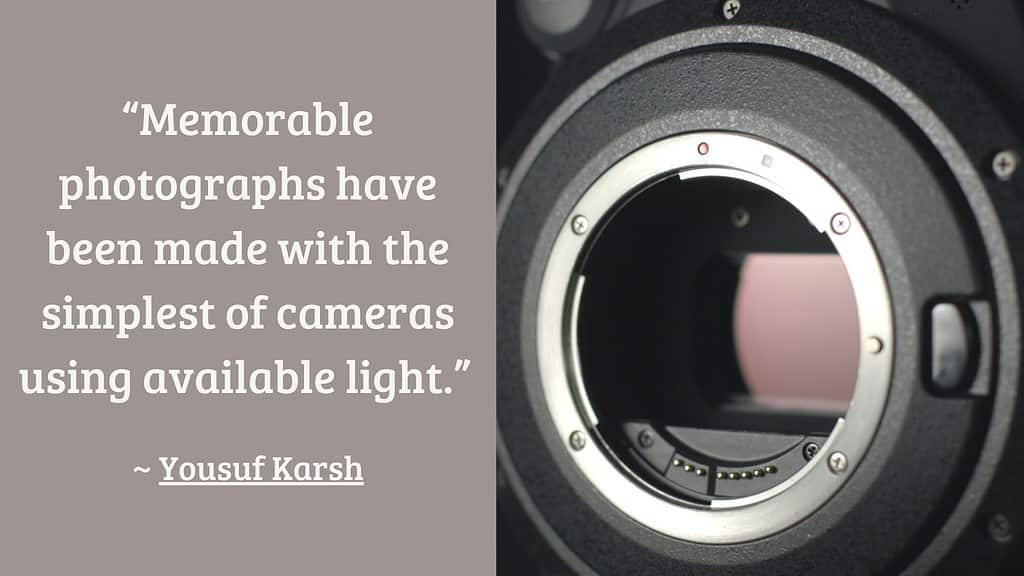
Megapixels
Not to be confused with the quality produced by the size of your camera’s sensor, more megapixels does mean more detail, but the quality of that detail relies on the size of the pixels which is determined by the size of the sensor.
Basically, the bigger the sensor, the better quality each megapixel will be. So, the number of megapixels is not necessarily the most important number to look at when looking at image quality.
Head over to this article by Photography Life if you’d like a full ‘geeky’ explanation of resolution vs megapixels.
A photo with more megapixels will have more detail, but the file size will be larger, so editing, sending, storing, and handling them will require more time.
When shopping for a camera, don’t let the megapixel count alone determine your choice.
Don’t get fooled by your phone’s megapixel numbers: It may have an impressive number of megapixels, but the quality of those megapixels won’t be as good as those of a DSLR or Mirrorless because of the size of the sensor.
Lens Choices
If you’ve decided to go with a compact or bridge camera this choice will be made by choosing your camera as they both come with a fixed lens that you can’t change.
Once you go down the road of a DSLR or mirrorless, you will have a plethora of interchangeable lenses to consider, and that can get very interesting!
In the end, a sensor’s quality is dictated by the lens that is used to capture the image.
If you don’t have a sharp lens, the best sensor on the market won’t be able to produce a great image, so it’s important to invest in the best quality lenses you can afford.
Choosing the right lens can be just as confusing as finding the perfect camera. If you’re just starting out though, consider starting with a kit lens. You can use this to figure out what kind of photos you like taking, and then upgrade to more specialised lenses when you’re ready.
This article by Adorama provides a comprehensive guide – Choosing Your First Lens: Buying Guide for Beginners.
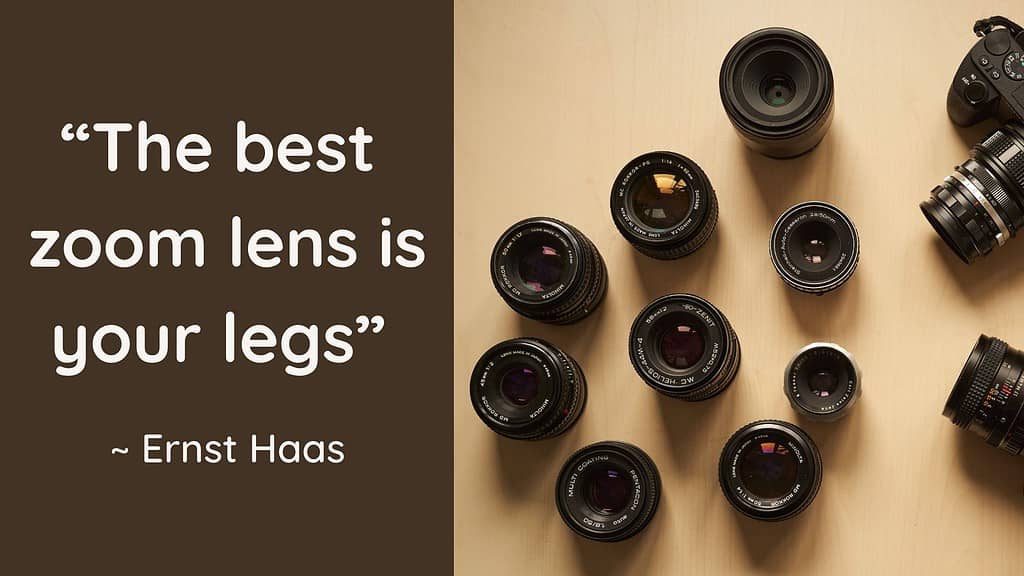
Image Stabilisation
An image stabilisation system helps to keep your photos sharp and clear, even if you’re shooting in less than ideal conditions.
This is especially useful if you’re interested in taking action shots, such as sports or wildlife photography.
And if you’re using a telephoto lens, even the slightest movement can cause blurry images, which is where image stabilisation can make a big difference.
It’s worth knowing that not every camera comes with a decent image stabilisation system.
These features are much better in the more expensive DSLR and mirrorless systems.

Viewfinder
A viewfinder can help you compose your shots more accurately, especially in bright sunlight.
There are two types of viewfinders: optical and electronic. Optical viewfinders use mirrors to reflect the image from the lens to your eye, while electronic viewfinders use a small LCD screen.
LCD Screen
These days, the screen on a digital camera is a pretty big deal. In fact, some cameras have screens with amazing image resolutions!
While the image resolution of the screen doesn’t actually affect the photos you take, it does mean you can see and evaluate your images on the go without having to wait until you download them to another device – super handy!
While some of these screens are fixed, most DSLRs and mirrorless now have tilting
screens, which are great for shooting at different angles.
Many of the latest cameras now have touch screens, which are faster to navigate than the button-operated screens of DSLRs.
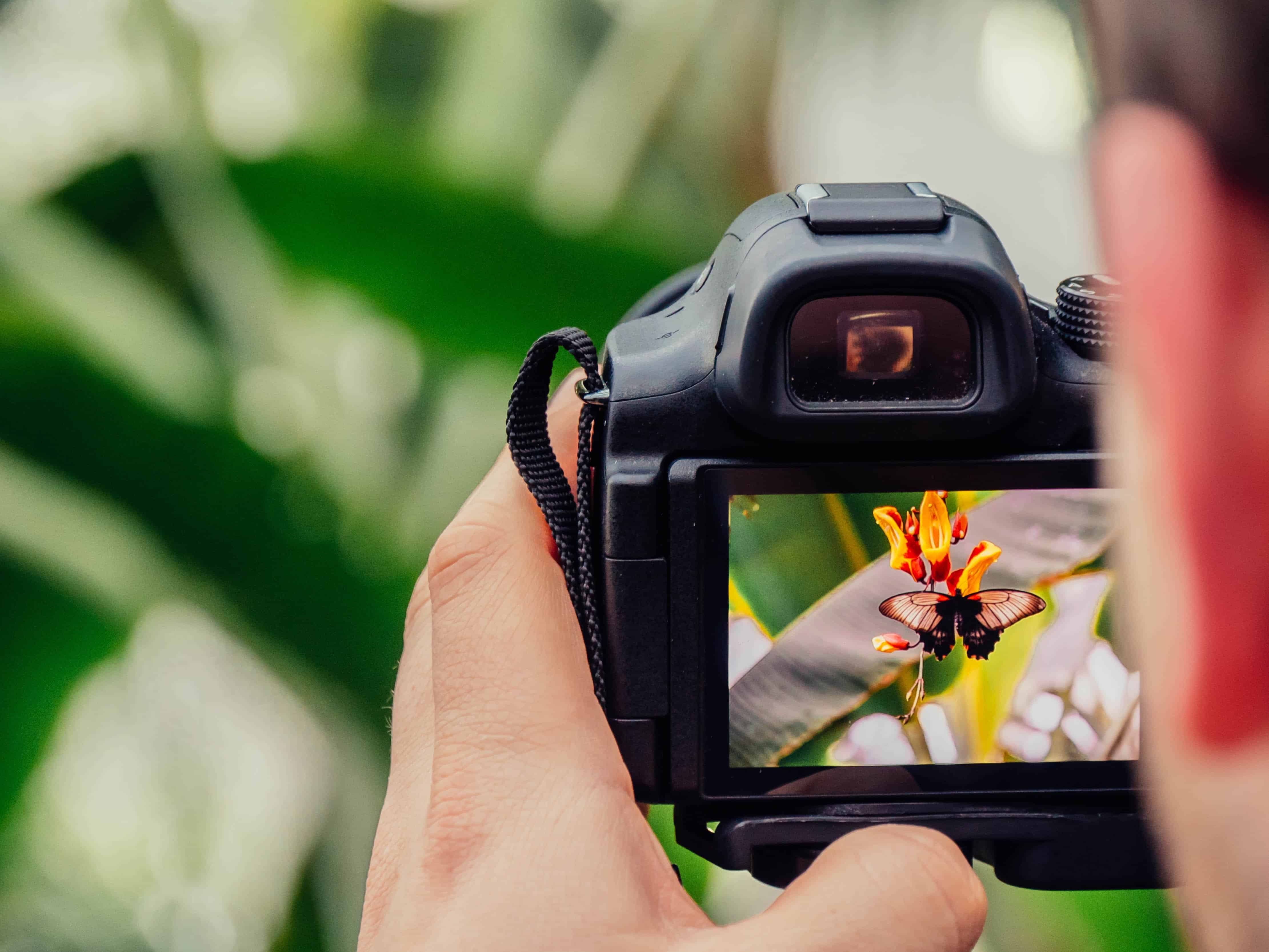
Video Capability
Consider whether you want a camera that can shoot high-quality video in addition to still photos. Look for a camera with 4K video capability if you want to shoot high-resolution video.
Flash
Many compact cameras and entry-level DSLRs have built-in flash units. It’s a great feature for shooting at night or in low-light situations like concerts.
As you move into more serious DSLR and mirrorless cameras, you won’t find any built-in flashes. You have to attach a separate flash unit using the hot shoe connection on these cameras.
Bear in mind that flashes are definitely not needed for all types of photography, but if you’re interested in indoor and serious portrait photography, a flash can definitely be worth considering.

Autofocus and Drive Speeds
This feature can help you quickly and accurately focus on your subject, especially in situations where manual focus may be difficult.
If you’re planning to take pictures of fast-moving subjects, it’s important to choose a camera with fast and accurate autofocus and a high drive speed. This will allow you to capture multiple shots quickly and ensure that you get the perfect shot.
Durability/Weatherproofing
If you plan to take your camera on outdoor adventures or anywhere that might be rugged or wet, it’s important to choose a camera that’s built to withstand the elements. Look for a camera with sealed buttons and ports and a rugged body that can handle a little roughhousing.

Battery Life
Battery life is an important consideration, especially if you plan to shoot for extended periods of time.
Look for a camera with a long battery life, or consider investing in extra batteries to ensure that you don’t run out of power in the middle of a shoot.
“I’d share a pic if the digital camera battery wasn’t as flat as 17th Century Earth.”
~ Simon Haynes
Wi-Fi/Bluetooth Connectivity
Wireless connectivity can make it easy to transfer your photos and videos to your computer or mobile device. While definitely not essential, it can be ‘nice to have’, particularly when travelling.
Memory Cards
You will need memory cards for every type of camera you buy. Some have different formats so be sure to check the right ones out for whatever camera you decide on.
The capacity of SD cards is constantly increasing. But for most photographers, one SD card isn’t enough.
If you’re shooting in burst mode or with RAW files, they can fill up fast. Buy a couple at least and don’t get caught out during a shoot.
By considering these key features and what they mean, you’ll be able to find a camera that suits your needs as a beginner photographer.
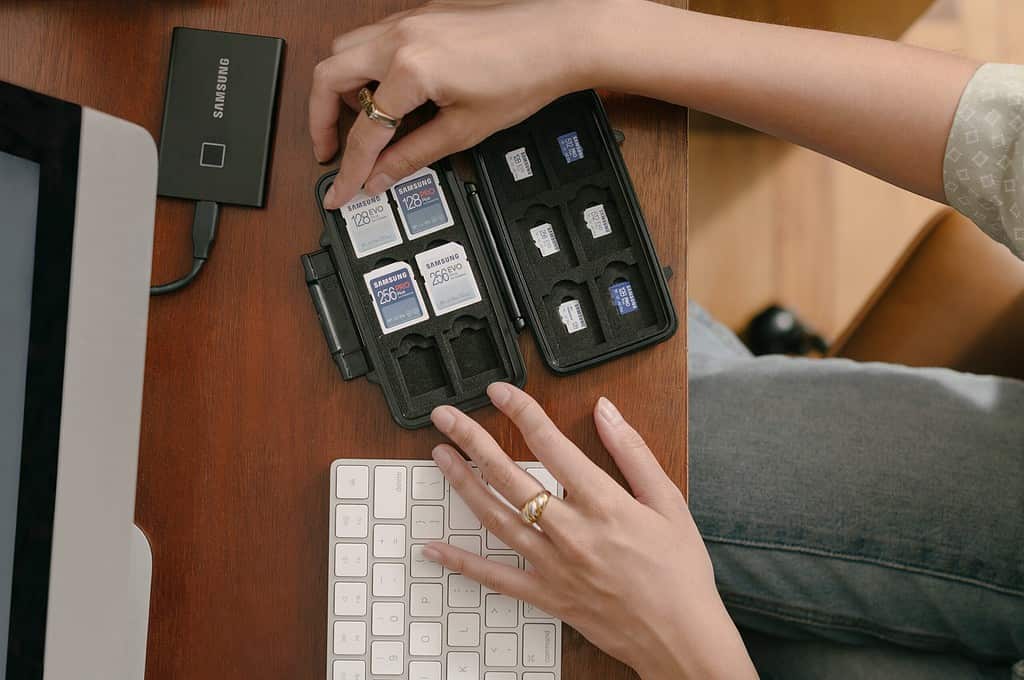
Camera Accessories: Enhancing Your Photography Experience
While a camera is the most important tool for a photographer, there are many accessories that can enhance your photography experience.
It’s important to not go overboard and purchase every recommended purchase, but some are definitely considered essential.
These are some of the most important camera accessories to consider, and why:
Tripod
A tripod helps stabilise your camera and prevent camera shake, which is especially important when shooting in low light or capturing long exposures.
A sturdy tripod can support the weight of your camera and lens, and some tripods have adjustable legs and centre columns, which can be useful for shooting on uneven surfaces or at different heights.
If you’re shopping for a tripod, it’s important to strike a balance between lightness for easy portability and heaviness for stability.
As nature and landscape photography go hand in hand, you may also want to consider a tripod that is resistant to corrosion from dirt and water.
Carbon-fibre tripods are a great option for this.
Camera Bag
A dedicated camera bag protects your gear from bumps and scratches, and makes it easier to carry all your gear.
When it comes to camera bags, there are several factors to consider before making a purchase.
Firstly, you’ll want to choose a bag that is the right size for your camera and any accessories you plan to carry.
It’s also important to consider the type of photography you’ll be doing and whether you’ll need a bag that is waterproof, dustproof, or padded for extra protection.
Other features to look out for include the number of compartments, ease of access, and comfort when carrying. Finally, consider the style of the bag and whether it suits your personal taste and needs, whether that be a backpack, sling bag, or messenger bag.

Camera Strap
Buying a camera strap is a smart investment when purchasing a camera because it helps to keep your camera secure and easily accessible, reducing the risk of dropping or damaging your camera.
There are various types of camera straps available, including neck straps, wrist straps, and shoulder straps, each with their own advantages and disadvantages.
Neck straps are the most common and offer good support, while wrist straps are compact and easy to carry.
Shoulder and cross body straps are ideal for heavier cameras, distributing the weight evenly across your body.
Much like camera bags, many photographers (like me) own several camera straps, swapping them around to suit the camera or the situation.
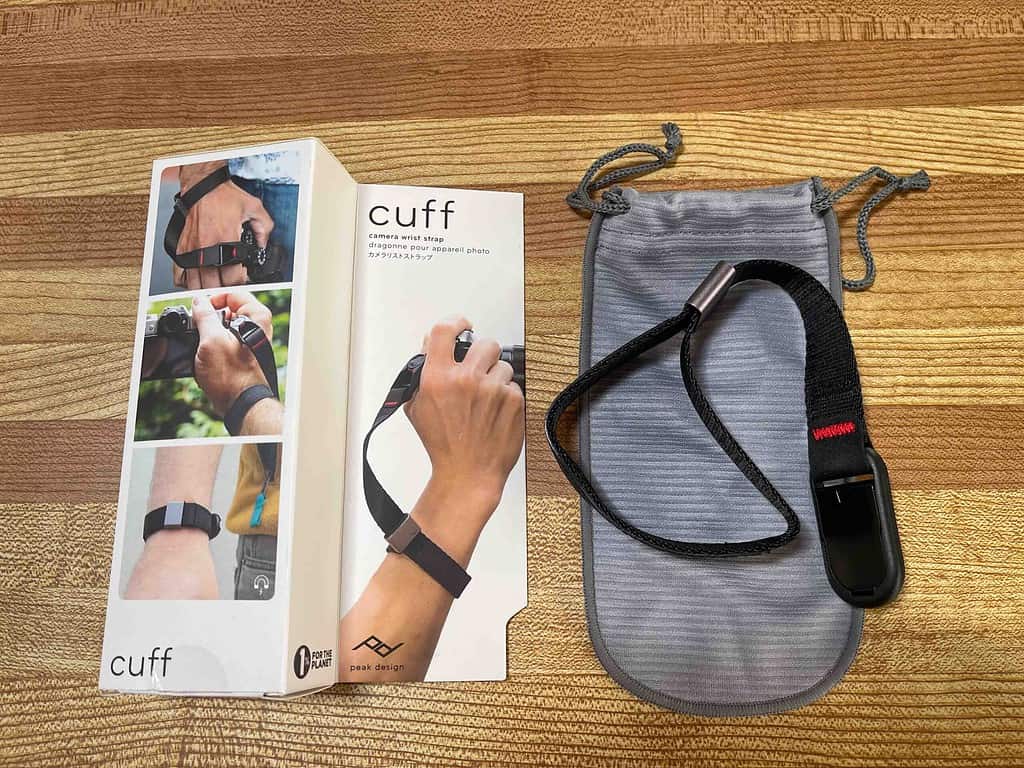
Filters
Filters can be used to enhance colours, reduce glare, or create special effects like long exposures.
They can be important as you progress because they can help you achieve the look you want and produce more creative images. For example, a polarising filter can help reduce reflections and enhance colours in landscape photography.
Remote Shutter Release
A remote shutter release allows you to trigger your camera’s shutter without physically touching the camera. This is important because even the slightest movement can result in blurry images, especially when shooting long exposures.
Extra Batteries and Memory Cards
Having extra batteries and memory cards on hand ensures that you won’t run out of power or storage space during a shoot.
This is important because you don’t want to miss out on capturing important moments due to a dead battery or full memory card.
Cleaning Kit
A cleaning kit is an essential accessory for maintaining the cleanliness of your camera and lenses. Dust, dirt, and fingerprints can all negatively impact the quality of your images, so it’s important to keep your gear clean.
A good cleaning kit typically includes a microfiber cloth, lens cleaning solution, and a blower brush. Look for a cleaning kit that’s specifically designed for camera gear and that won’t damage your lenses or camera body.
Regular cleaning can also help prolong the life of your gear and ensure that your images are always sharp and clear.
By using these camera accessories, you can enhance your photography experience and capture better images.
Remember, not all accessories are necessary, so choose the ones that suit your needs and budget.
The more accessories you have, the more complicated the process gets and the heavier your bag gets!
Don’t get bogged down so that you don’t want to head out with too much stuff – start with the essential basics and go from there …
RAW files And Editing Software When Purchasing A Camera
One final thing when considering which camera to purchase, is the editing software you’ll be using, particularly if you plan to shoot in RAW format.
RAW files contain more data than JPEGs, giving you greater flexibility when it comes to editing your photos.
However, not all editing software can handle RAW files, so it’s important to choose a camera that is compatible with software that can. Some camera brands also come with their own software programs, so it’s a good thing to add to your checklist of considerations.
Some popular options that do include Adobe Lightroom and Photoshop, and Luminar Neo.
Additionally, consider any additional costs associated with the software and whether it suits your editing needs and style.
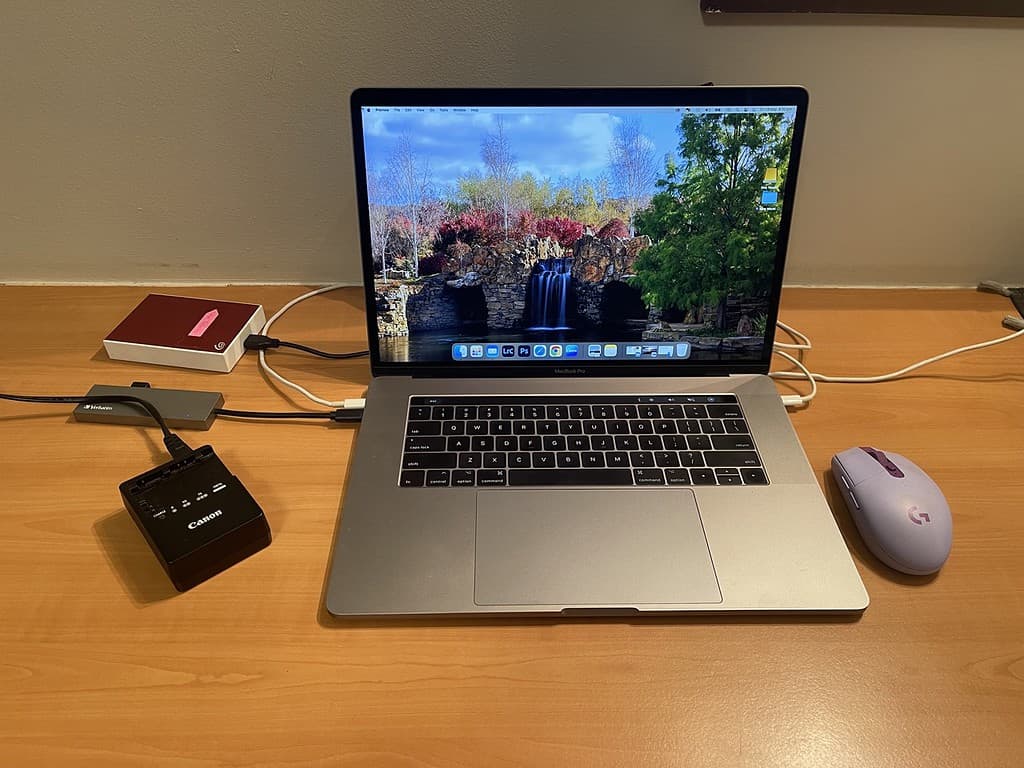
FAQ’s
Which is better – DSLR or Mirrorless?
When it comes to choosing between a DSLR and a mirrorless camera, there are a few key differences to consider. DSLRs tend to have better battery life, and their optical viewfinders can be more comfortable to use for extended periods. On the other hand, mirrorless cameras are usually smaller and lighter, making them more portable and easier to carry around. They also tend to have faster autofocus and can shoot at higher frame rates.
How many megapixels is good for a camera?
The number of megapixels needed in a camera depends on how you plan to use your photos and the size at which you want to print them, but generally, anything above 20 megapixels is sufficient for most casual photographers.
Is it worth getting an expensive camera?
Whether or not an expensive camera is worth it depends on your budget, skill level, and how serious you are about photography. While more expensive cameras generally offer better quality and features, it’s important to choose a camera that suits your needs and skill level, rather than just buying the most expensive option available.
What is the difference between full-frame and crop sensor cameras?
Full-frame cameras have a larger sensor size than crop sensor cameras, which can result in better image quality, especially in low light conditions. However, full-frame cameras tend to be more expensive and heavier, while crop sensor cameras can be more affordable and portable.
What is dynamic range in photography?
Dynamic range refers to the range of brightness levels that a camera can capture in a single image, from the darkest shadows to the brightest highlights. A camera with a higher dynamic range can capture more detail in both the shadows and highlights, resulting in a more balanced and detailed image.
Conclusion
Buying a new camera is a big deal, so it’s important to take your time and make sure you’re making the right decision.
Are you looking for something light and convenient or a serious ‘professional’ camera? Do you want to be fiddling with settings, or just point and click. Are you planning on printing your images or just sharing on social media or with family and friends?
These are the base questions to help you decide on the type of camera to start with.
Once you’ve decided on the type of camera, it’s time to think about the technical specifications.
Sensor size and resolution are two important factors to consider. Don’t worry if you’re not familiar with these terms – take the time to do some research and understand what they mean. This will help you make an informed decision and find a camera that’s the perfect match for you.
Remember, don’t rush into buying a new camera. Take your time, do your research, and you’ll be sure to find a camera that meets your needs and helps you take your photography to the next level.
If you still haven’t decided, why not head to your local camera store where you can touch, hold and talk about all the different options – so much more personal and helpful than shopping online! You often get better after sales service when you buy in person, so consider whether it’s worth saving a few dollars to not get this.
If you have any questions or comments, please feel free to share them below.
I am happy to help and would love to hear about your experiences and choices when purchasing your gear.
That’s it for now – Keep clicking and stay caffeinated
Like this post? PIN it so you can save it for later

Other Posts You Might Like:
- Essential Landscape Photography Gear
- First 10 Things To Do When You Get a New Camera
- Landscape Photography Accessories Every Photographer Should Have In Their Bag
- The Best Canon Lenses for Travel Photography
- Why & How To Use A Circular Polarising Filter
- Do You Need Filters For Landscape Photography
- Best Apps for Planning and Scouting Landscape Photography Locations
Don’t miss a post – sign up Here if you haven’t already
Note – Unless otherwise stated, all photos are mine and remain my copyright images – Sam Wilson Photography.





